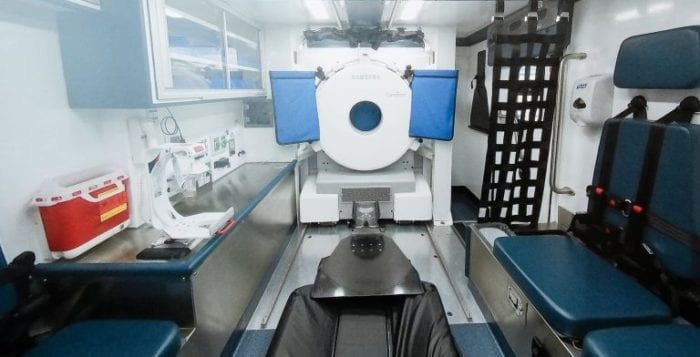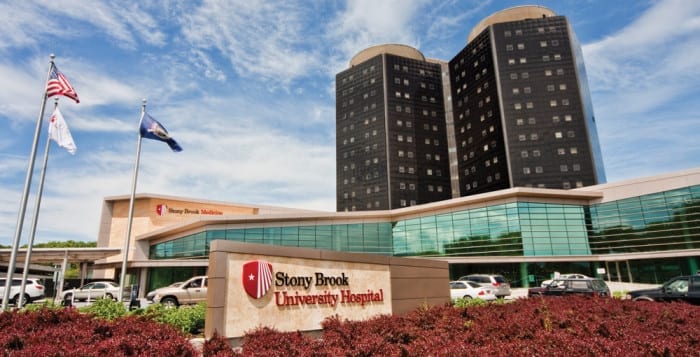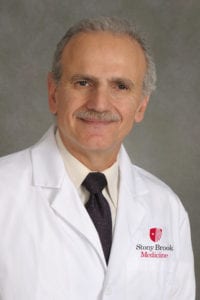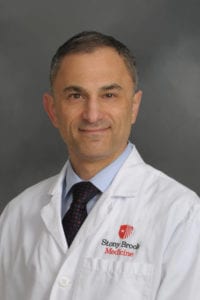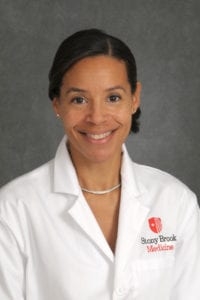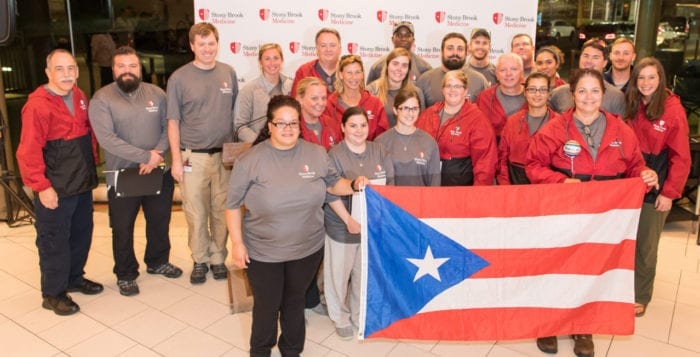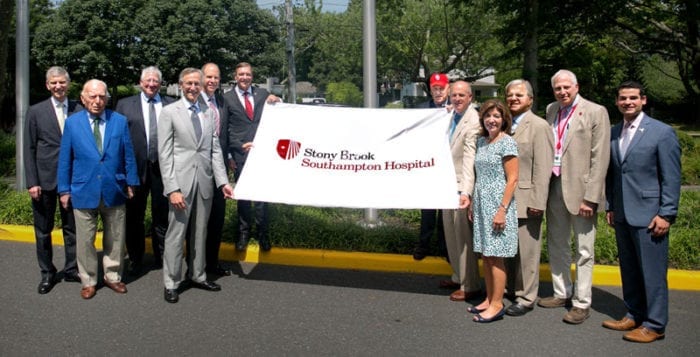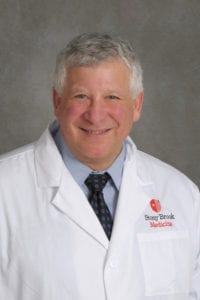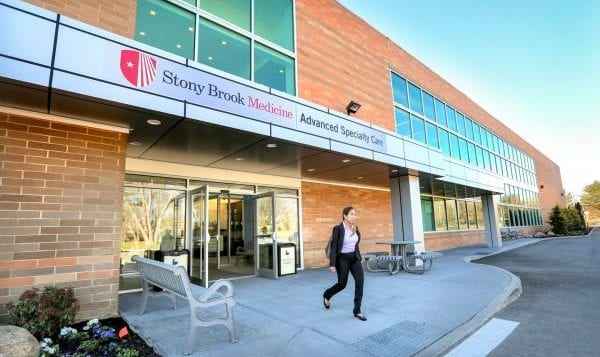Lifesaving service for the community
By Ernest J. Baptiste

According to a study in the American Heart Association’s journal Stroke, when a blood vessel supplying the brain is blocked, nearly two million brain cells are lost for each minute that passes, making stroke one of the most time-sensitive diagnoses in medicine. The faster blood flow can be restored to the brain, the more likely that a person will have a full recovery.
That said, Suffolk County residents now have one more reason to look to Stony Brook Medicine for the highest level of care for both ischemic stroke (when a clot blocks the flow of blood to the brain) and hemorrhagic stroke (bleeding within the brain tissue).
This month we are launching Long Island’s first mobile stroke unit program — a revolutionary pre-hospital program designed to provide specialized, lifesaving care to people within the critical moments of stroke before they even get to the hospital.
While new to Long Island, mobile stroke units have successfully reduced stroke disability and have improved survival rates in other major metropolitan areas across the country. Stony Brook Medicine is collaborating with over 40 emergency medical service (EMS) agencies throughout Suffolk County to provide this lifesaving, time-sensitive care.
Each mobile stroke unit is a mobile emergency room with a full crew of first responders, brain imaging equipment and medications. The units also have telehealth capability to Stony Brook University Hospital, which allows our physicians at the hospital to communicate in real time with the crew and patient, and immediately check for a blocked vessel or bleeding in the brain. This helps to markedly accelerate the time needed to make an accurate stroke diagnosis.
The first responders onboard the mobile stroke unit can then begin administering time-sensitive, advanced stroke treatments while the person is en route to the nearest hospital that can provide them with the appropriate level of care.
The units are in operation seven days a week, from 8 a.m. to 8 p.m., which is the window of time when most stroke calls are received in Suffolk County.
One is strategically stationed at a base station located off of the Long Island Expressway at Exit 57. The other, which will be launched soon, will be stationed similarly off of Exit 68. These locations were chosen for easy east-west and north-south access. The team will take calls within a 10-mile radius of each base, which includes about 40 different communities.
Ernest J. Baptiste is chief executive officer of Stony Brook University Hospital.

